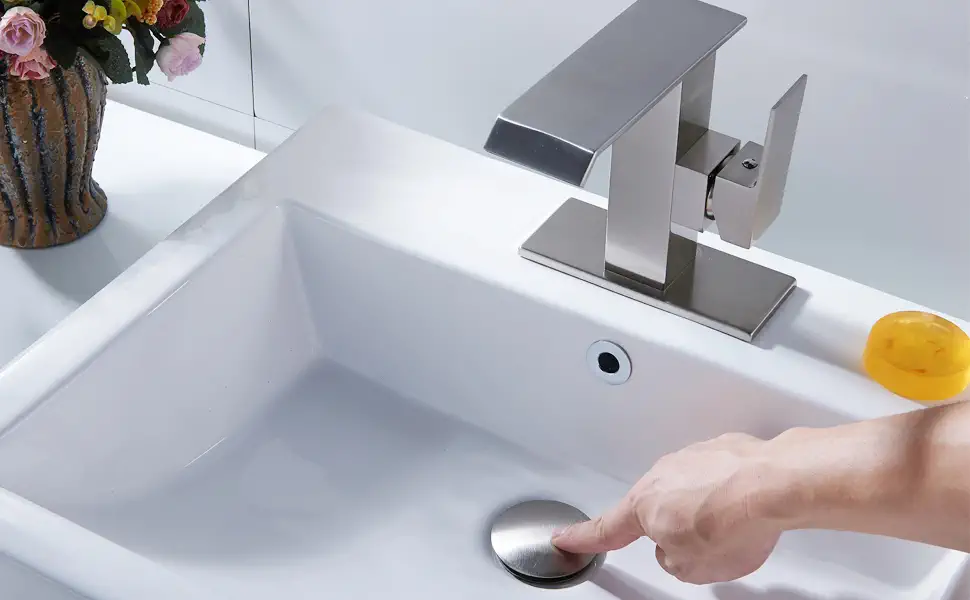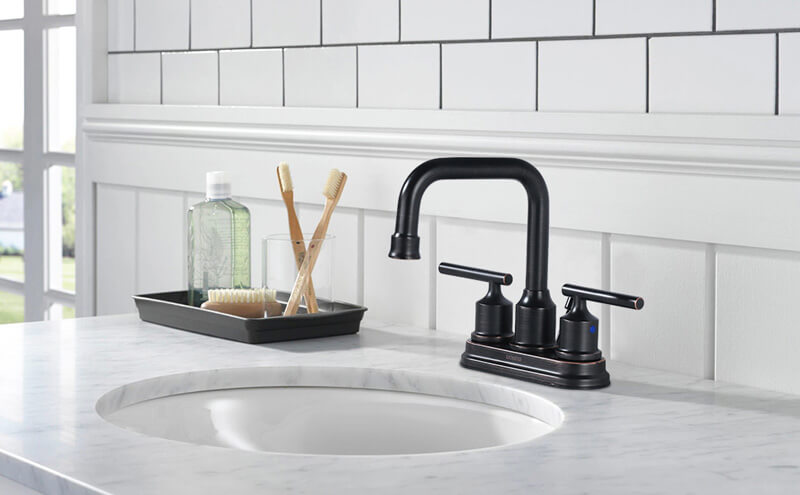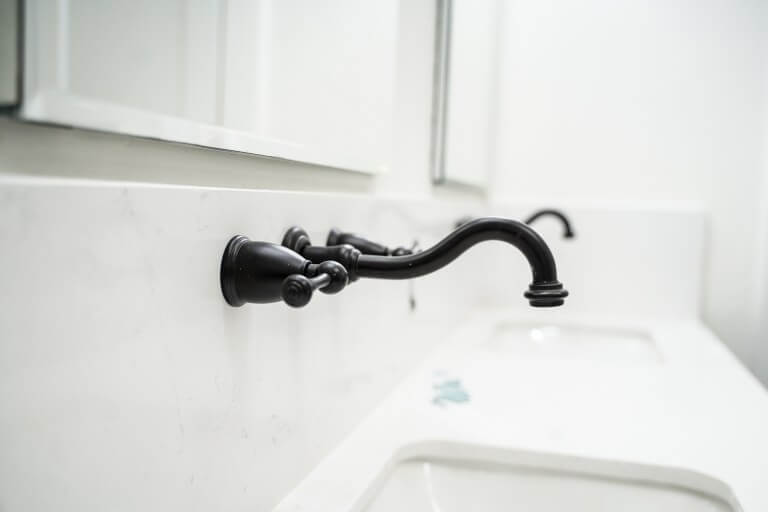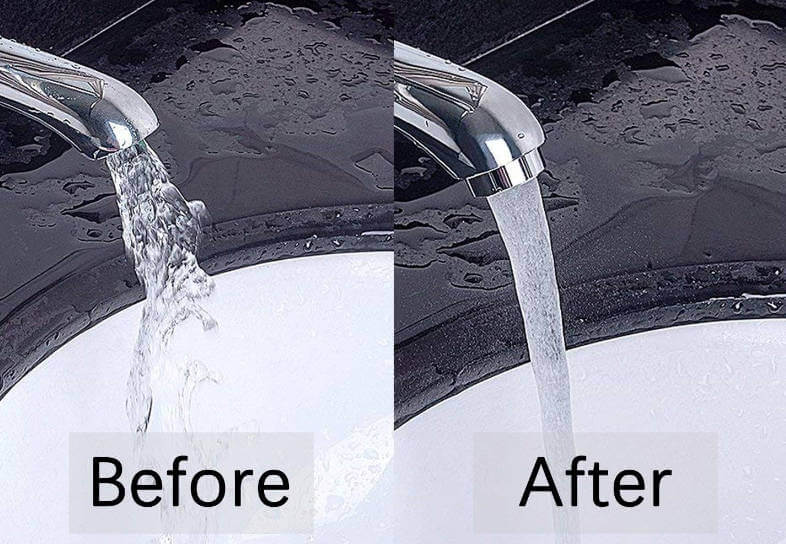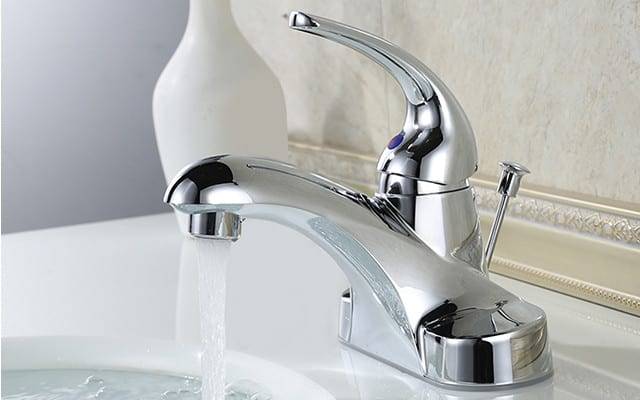
Leaky bathroom faucets cause more damage than homeowners realize. Persistent seepage behind the bathroom sink, whether it’s a stream of water or a drop of water, can ruin a dry top, cause water damage to the vanity and wall plugs, and promote mold growth. If mold is allowed to get out of control and take over your home, it can cost thousands of dollars to remove.
If you have one type of faucet and want to change to another type, this may be possible. Depending on how your bathroom is, it could also be expensive. Before replacing the faucet, check the hole under the faucet to see how it is pre-drilled. For a new house, it should be easy to find a faucet of the same size. For older homes, take measurements with you, as the faucet may be a non-standard size.
Learning how to replace bathroom faucets and other accessories is essential because there is an urgent need. If they explode, it will lead to leaks and other problems such as damaged walls, stains, etc. In addition to repairs, replacing fixtures is an inexpensive way to upgrade and redecorate a bathroom or kitchen.
Homeowners should check exposed faucets and pipes at least once a month for minor leaks. If a homeowner finds a leak, fix it immediately. Before spending hundreds of dollars on a plumber, there are a few steps that are used to replace a bathroom faucet.
1. Prepare what you need. Before you start the project, you must have all the materials you will need. You will need a wrench, pliers, markers, rubber washers, tape, and a faucet or fittings.
Plan out what you are going to do. There are a few things to check before you start your project. First, make sure you have the right faucets. Make sure the fixtures fit properly. If you’re updating the faucet, see if it fits the sink. You have to plan everything and make sure everything is done on time.
2. Make sure you have the correct type of faucet or replace it. Homeowners are often too excited to replace their faucets, thinking that all faucets are the same size. However, this is incorrect. You can make sure it’s the right size by measuring the hole in the faucet. You can also take the old faucet with you when you buy a replacement.
3. Turn off the water. Homeowners should never attempt a bathroom repair project on something that is connected to the water supply without first turning off the water supply. Water pressure can cause small loose flights that can injure people. Water can be an obstacle to removing faucet parts, and emptying the water will only increase the problem of water and mold damage.
In the case of a sink, the water source will be at the bottom of the supply line that runs from the wall to the faucet, or at the main water valve in the basement. If there are small valves at the bottom of the water supply line, monitor them until they tightly stop the flow of water. If there are no valves at the bottom of the water supply line, turn off the water at the water source in the basement.
4. Remove the faucet. Remove the faucet handle by unscrewing it from the top. If there are caps on the top of the handle, close these caps, the screws will be under them. Save all the parts and remember how the faucet handles are assembled so that they can be reassembled correctly.
For bathroom faucets, leaks can sometimes come from the spout. Bathroom faucets should have a small screw fastener with a rubber seal around the base. If your faucet doesn’t have one of these earplugs, don’t be afraid. Some faucets do not have them.
If the water supply pipe is copper, it will be easier to remove them from the faucet. However, these copper fittings can rust and cause problems when you unscrew them. Be careful when removing them, because if you need too much force to remove them, you can damage the pipes.
5. Before installing a new faucet, you must thoroughly clean the area in the sink where the old faucet was placed. You need to make sure that you dispose of all the foreign objects that have fallen so that the new faucet can be installed correctly.
6. Place the new faucet in the hole where the original faucet was removed. Depending on the faucet you purchased, it may come with the correct nuts and washers. Use a wrench to tighten and secure the washer and nut. In turn, you may need to seal these areas with caulk. You can use a rebuild kit to replace all the connecting joints and moving parts on the handle and water supply line.
7. Install the water lines, hoses, and drain faucets. Test the faucet and hose by running the water for a few minutes. It is important to test the faucet after you have successfully replaced it. If you have just installed the appliance, immediately check for any defects.
When drilling the holes, use a marker to find out the exact location of the holes. Don’t forget to match the number of holes in the faucet to the sink. For example, if the sink has a single hole, you will need to get a single faucet. Follow the instructions on the faucet package for the best installation. The final step in replacing the faucet is to seal its base completely so that it won’t leak. If all is well, then the job is done. If there are any leaks, tighten the fitting again and check for any leaks.
Replacing an old faucet is easy, as long as you have the right faucet tools and size. When adding fixtures, be sure to measure the area to make sure they fit properly. Be careful when installing bathroom fixtures and faucets because this could end up leaking if you aren’t too careful. Remember, a serious leak can seriously damage your home.
Replacing the bathroom faucet is one of those jobs that isn’t hard to do, and even if it’s the first thing you do, it can really save you some money.
 WOWOW Faucets
WOWOW Faucets